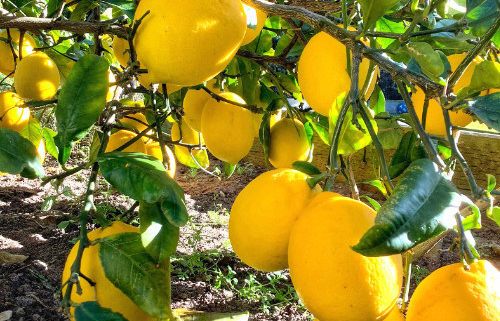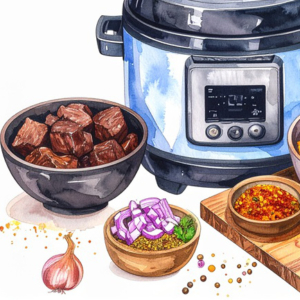Orange you glad you planted a vitamin C-itrus tree?
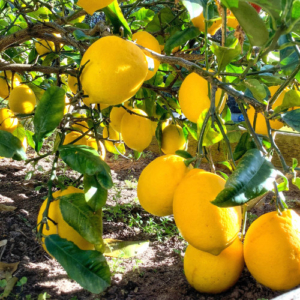 by Mark Evans
by Mark Evans
Surely it’s no coincidence that most citrus ripen just as winter chills set in, right when our bodies most need a vitamin C boost. Limes, oranges, lemons and mandarins all flourish in our area, and few sights are as cheerful in the winter garden as glossy green leaves dotted with sun-kissed ripe citrus. So don’t be a scurvy sailor, get out there and plant one.
To grow citrus successfully at home, select a sunny, sheltered spot with well-drained soil. In heavy clay soils, plant on a slight mound or slope to avoid waterlogging. For containers, use large pots with drainage holes and raise them to allow excess water to escape.
Variety matters. Meyer lemons fruit year-round, while Satsuma mandarins are winter-hardy and easy to peel. Makrut limes (for leaves), Tahitian limes (for juice), and native finger limes (with zesty ‘caviar’ pulp) all thrive. Washington Navels are sweet, seedless, and winter-tough, and Valencias extend the season into summer. Many come in dwarf form, ideal for pots or small gardens.
Keep the area under your tree clear of grass and weeds. A neat mulch layer a few centimetres from the trunk conserves moisture and suppresses pests. Watch for citrus leaf miners, scale insects and bronze orange bugs. Early treatment with horticultural oils or gentle removal helps control pests without harsh chemicals.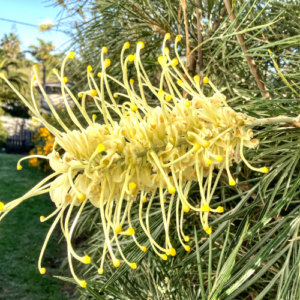
Regular feeding supports tree health and fruiting. Fertilise from late winter or early spring as new growth begins, again in mid-summer, and lightly in early autumn. Use citrus-specific fertilisers or aged compost, watering well afterward. Avoid fertilising in late autumn or winter to protect tender new shoots.
Water consistently. Citrus trees have shallow roots and need steady moisture to stay juicy and stress-free. Deep watering encourages strong roots that cope better with heat. Potted trees may need daily watering in summer. Ensure good drainage to prevent root rot, and use mulch to retain moisture and regulate soil temperature.
Light pruning in late winter or early spring improves airflow, reduces disease risk, and keeps fruit off the ground. For container trees, pruning controls size and shape.
Harvesting can be tricky since colour isn’t always reliable. Some oranges re-green when ripe, and Tahitian limes turn bright yellow. If in doubt, a sample taste is the best way to check. Most ripe fruits can be left hanging on the tree for weeks.
With care, your citrus trees will reward you with fruit for many years. So, if you find yourself buying lemons at the supermarket, maybe it’s time to plant a tree, or else befriend someone who already has one.
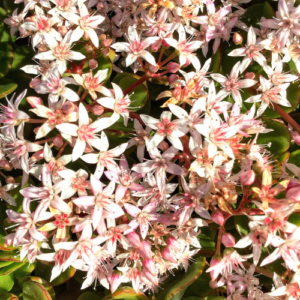 Meanwhile, around the town gardens, the camellias continue to shine and the normally unremarkable but hardy jade plants (Crassula ovata) are bursting into peak bloom. The banksias and grevilleas are also having a flowering flush.
Meanwhile, around the town gardens, the camellias continue to shine and the normally unremarkable but hardy jade plants (Crassula ovata) are bursting into peak bloom. The banksias and grevilleas are also having a flowering flush.
In the wild places, on the sides of the road around the Triangle, the bushland is rather homogenously green at present, with very few flowers currently obvious.
This month in the vegie garden we continue catering to the cooler weather and are mostly still limited to planting leeks, shallots or onions, peas of all kinds, as well as broad beans and lettuce.
Happy growing.
Captions for images: (top) Lemons, (middle) Grevillea ‘Moonlight, (bottom) Jade flowers.
